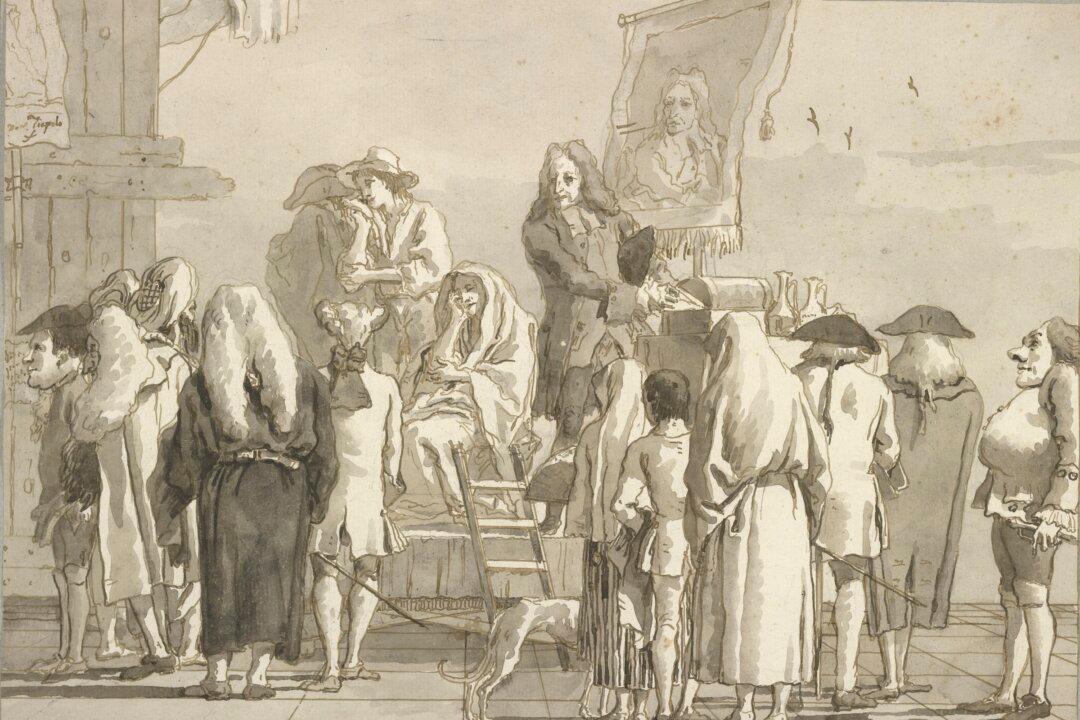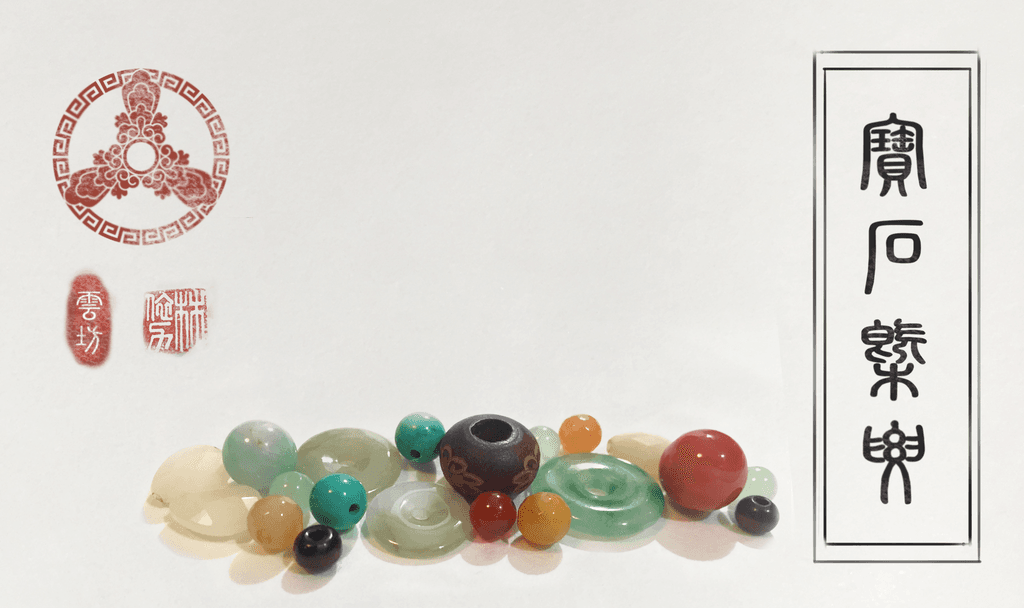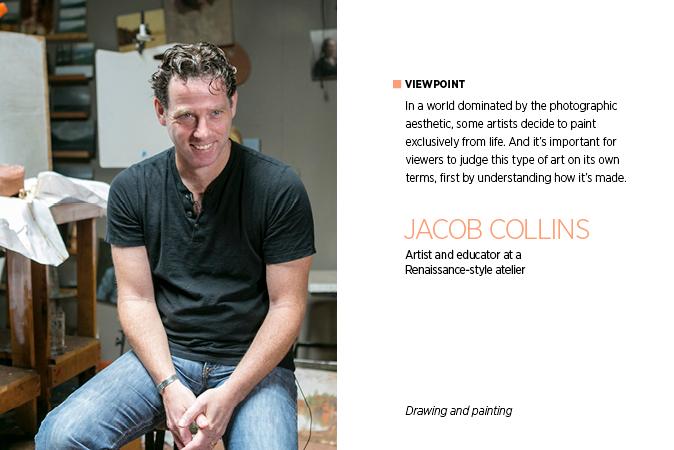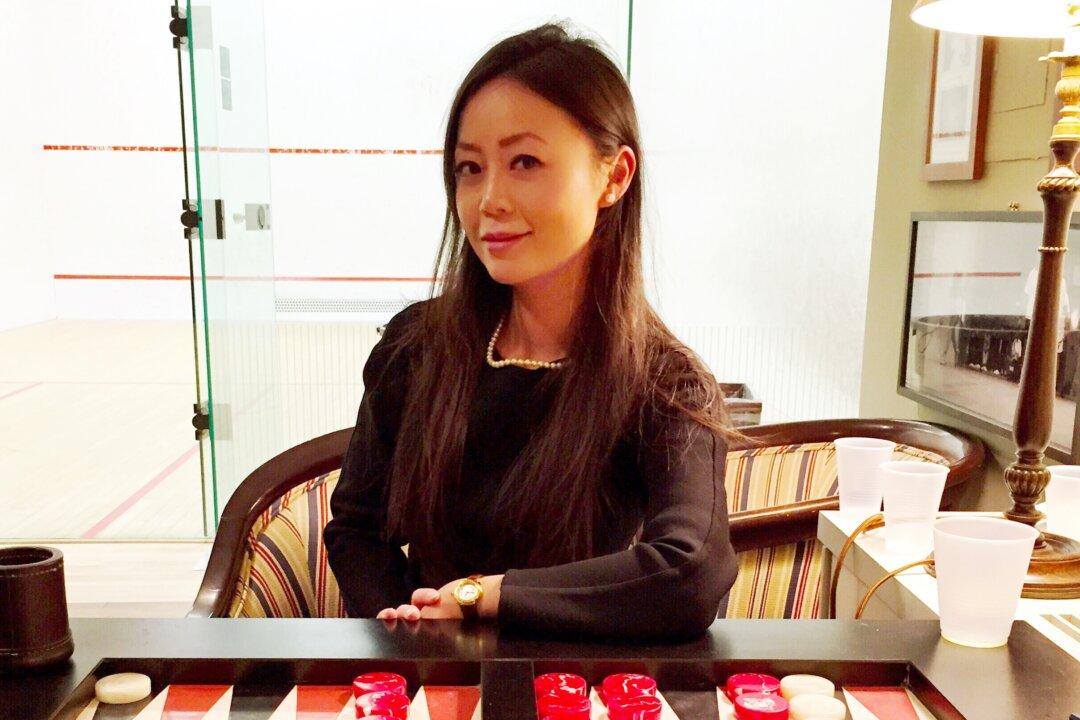NEW YORK—We think of Venice as the watery Italian town swimming with gondolas. But from the Middle Ages to the 18th century, the city was the center of the Republic of Venice. At its height, the city-state was rich from geographical expansion and trade, both overland and by sea.
Through its many wars and political handovers, Venice nurtured marvelous artists such as Titian, Tintoretto, Paolo Veronese, Lorenzo Lotto, and later, Tiepolo, Canaletto, and Guardi. The arts flourished right up to the end, when the Venetian leader dissolved the state before Napoleon’s forces in 1796.
The Morgan Museum & Library holds a massive drawing and print collection. It has more than 200 sheets by Giambattista Tiepolo alone. Morgan Director William M. Griswold, in the role of curator, took a selection from it for a new exhibition of 18th century Venetian drawings, which opened Friday.
Don’t expect a narrative from this exhibit. The drawings won’t show you how the republic fell, or how the artists felt about the social and political climate.
“They knew they were in a period of decline, and it seems like they responded in the opposite way,” said Edward Payne, Moore curatorial fellow in the Morgan’s Drawings & Prints department.
Do, however, note stylistic dialogue among artists.
Several artists exhibited are related by blood: Giambattista Tiepolo (1696–1770) and his son Domenico (1727–1804); Sebastiano Ricci (1659–1734) and his nephew Marco Ricci (1676–1730); and brothers Francesco and Gian Antonio Guardi (1712–1793 and 1699–1760, respectively).
If something could be said generally about the Venetian drawing style, it is loose, painterly, and imaginative.
This shows itself in the choice of subject matter. Earlier works in the exhibit center on traditional mythical and religious topics, but later works, particularly from Domenico Tiepolo, are wildly fanciful.
Domenico Tiepolo’s earlier work shows his father’s strong influence. After Giambattista’s death, he takes to drawing hundreds of biblical scenes, including little-known stories like one involving an Ethiopian eunuch.
Some of his drawings also take a satirical look at real life and remind the viewer of New Yorker magazine cartoons with a macabre twist.
Tiepolo, Guardi, and Their World: Eighteenth-Century Venetian Drawings
Sept. 27–Jan. 5, 2014
The Morgan Library & Museum
225 Madison Ave.
212-685-0008
www.themorgan.org






